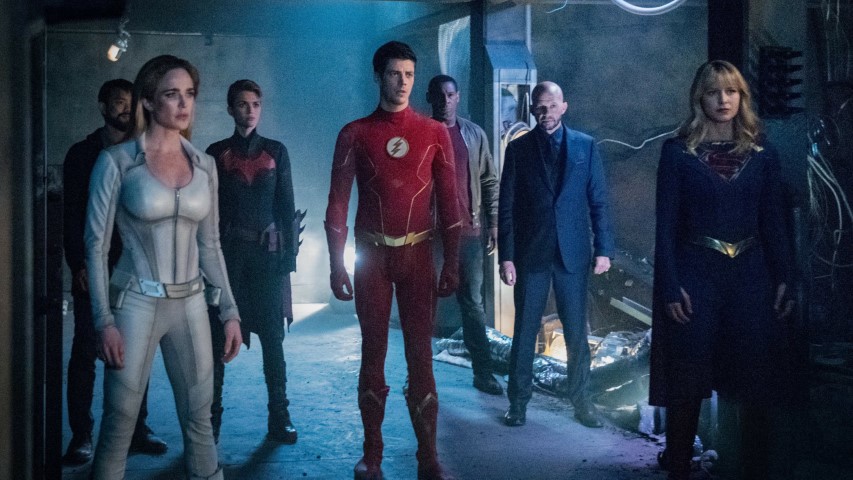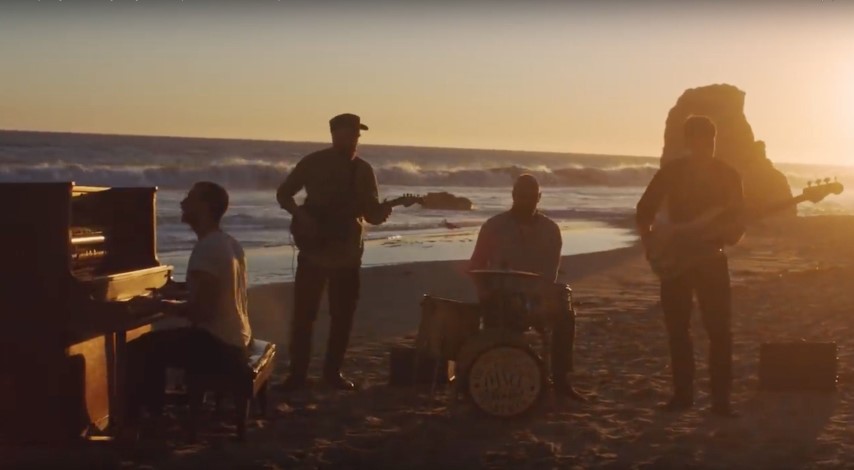
Ranking the five episodes of DC’s ‘Crisis on Infinite Earths’ crossover special
By Jonathan Pabico, Contributor
If you’re a DC comic book fan, then the current superhero television shows from Batwoman all the way to Arrow are a perfect pastime. What’s even more fun are the crossover series—featuring heroes from all these shows! With the recent ensemble TV special Crisis on Infinite Earths having concluded this January, here is a list ranking its five episodes from best to worst.
The best: “Batwoman”
Part two stands out the most in the entire series because of how it develops the story arc of Batwoman (Ruby Rose). The episode adds more layers to this young vigilante through a growing friendship with Supergirl (Melissa Benoist). Moreover, Rose explores her character’s convictions as a hero—developing her growth from the TV series that aired last year.
In addition to Batwoman, the episode has the most memorable cameos of icons from DC Comics films or TV. Each cameo has substantial screen time, allowing viewers to appreciate their interactions with the main characters. Part two also has a main plot balanced with its subplots, thanks to adequate editing and screenwriting. The action sequences are decent and the soundtrack that conveys the right tone for each scene. On top of that, Jon Cryer plays supervillain Lex Luthor surprisingly well—he’s quite the charismatic schemer. Overall, this episode surpasses the other parts of the series with all its enjoyable takeaways.
Second best: “The Flash”
Part three raises the stakes of the story well and has even pacing. There is also some tension between characters—it is used to humanize them, making them imperfect superheroes. However, there are some supporting characters, such as Tom Cavanagh as Pariah—the emotionally detached ally of the heroes—that are two-dimensional. In addition, the story has some twists, but bears similarities to the plot from Avengers: Infinity War.
The best things the episode has to offer are the appearance of Cress Williams as Black Lightning, and Flash (Grant Gustin) working with his own team of heroes: Cisco Ramon (Carlos Valdes) and Caitlin Snow (Danielle Panabaker). The cooperation of the gang brings fun to the episode, especially with the empowering soundtrack that keeps you excited. Moreover, Williams’ performance is cool and confident. Black Lighting and the Flash bond through their shared pain and struggles as superheroes, giving the episode great emotional depth.
Average: “Arrow”
Part four provides the much-needed background of the heroes’ stoic and omniscient ally, the Monitor (LaMonica Garrett). However, there are many scenes with sudden and misplaced one-liners from characters that hinder the story’s pacing. The episode suffers due to awkward editing and a weak script. In addition to these issues, the Anti-Monitor (also played by Garrett) as the main villain draws irksome parallels to Thanos from the Avengers franchise.
Contrary to the title of the episode, the focus is less on the titular Green Arrow (Stephen Amell) and more on the Flash—his personal journey is the center. The Green Arrow is featured through the relatable friendship the two heroes share. The action sequences suffer from fast camera movements that make it hard to process what is unfolding; smoother shots should have been used for better flow. Furthermore, part four has the most hilarious cameo of the series from Ezra Miller as the Flash from Zack Snyder’s Justice League. However, Miller’s presence raises a lot of questions from fans about the validity of his character’s connection to the series.
Second worst: “Supergirl”
The major problem with this episode is that there are so many overwhelming visuals. Abrupt cuts between scenes rush the story’s world building in favour of quickly gathering all the heroes for their crossovers. Despite some cool cameos for fans, the visual effects are at best passable. The plot has bland exposition and dry supporting characters. Even the action sequences are difficult to process due to unsteady camera work and editing (once again).
On the bright side, the cast has good chemistry that allows for meaningful light-hearted moments—and even the more serious scenes. The saving grace of part one is the family bond between Supergirl and Superman (Tyler Hoechlin), it adds some genuine realism to the story.
The worst: “DC’s Legends of Tomorrow”
Part five is the weakest of the series because of its ridiculous elements. In one sequence, the heroes contend with a giant toy bear that causes mayhem on the city streets. Regardless of the intentions of the story to be campy, this bizarre plot point has no place in the crossover. If that is not enough, the characters even fight an equally giant Anti-Monitor that makes the climax akin to that of a Power Rangers movie.
Still, the episode briefly explores the consequences of the events from part four and the personal hurts the characters experience. In doing so, the story’s offers a perspective on what it means to cope with changes made in our lives. Despite even more good cameos and a heartwarming conclusion, this episode feels unnecessary, since part four technically already brought the entire series full circle.


